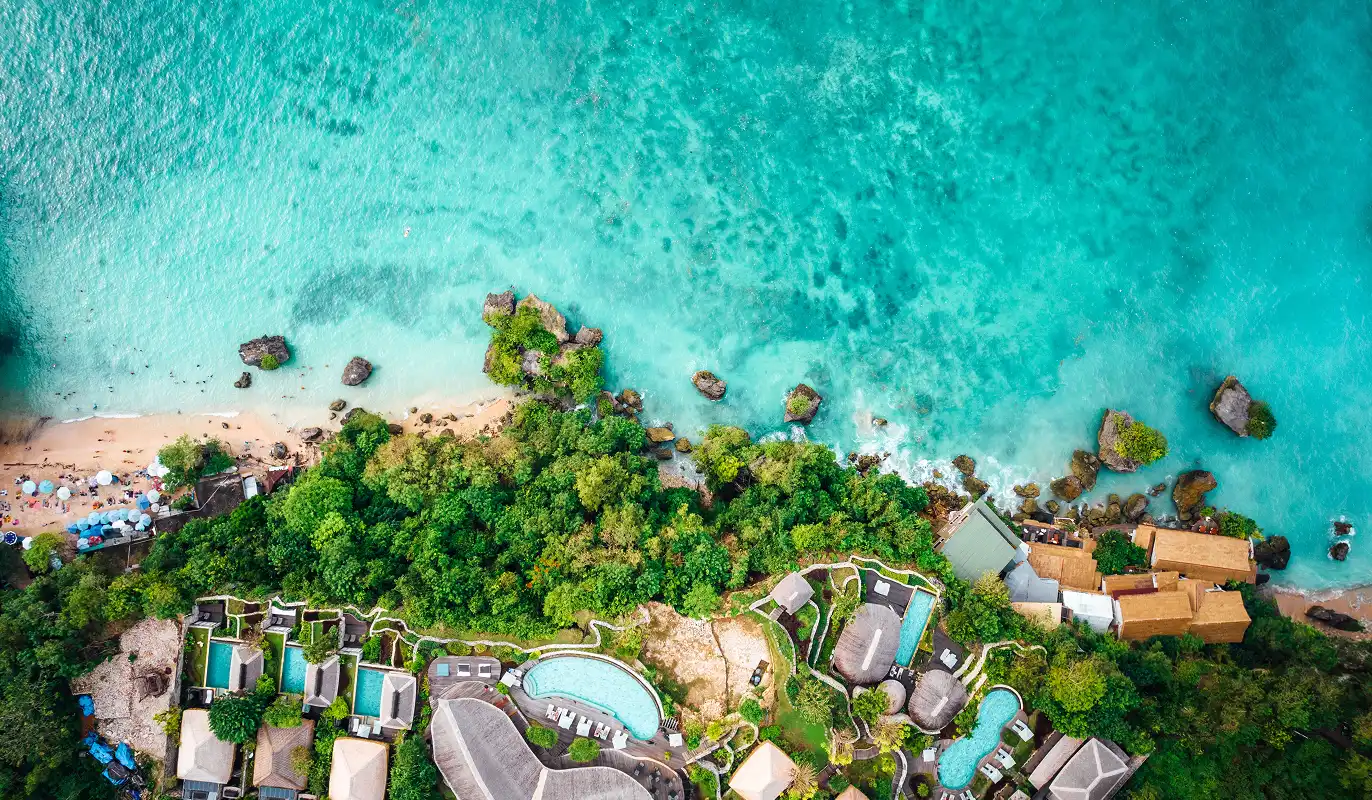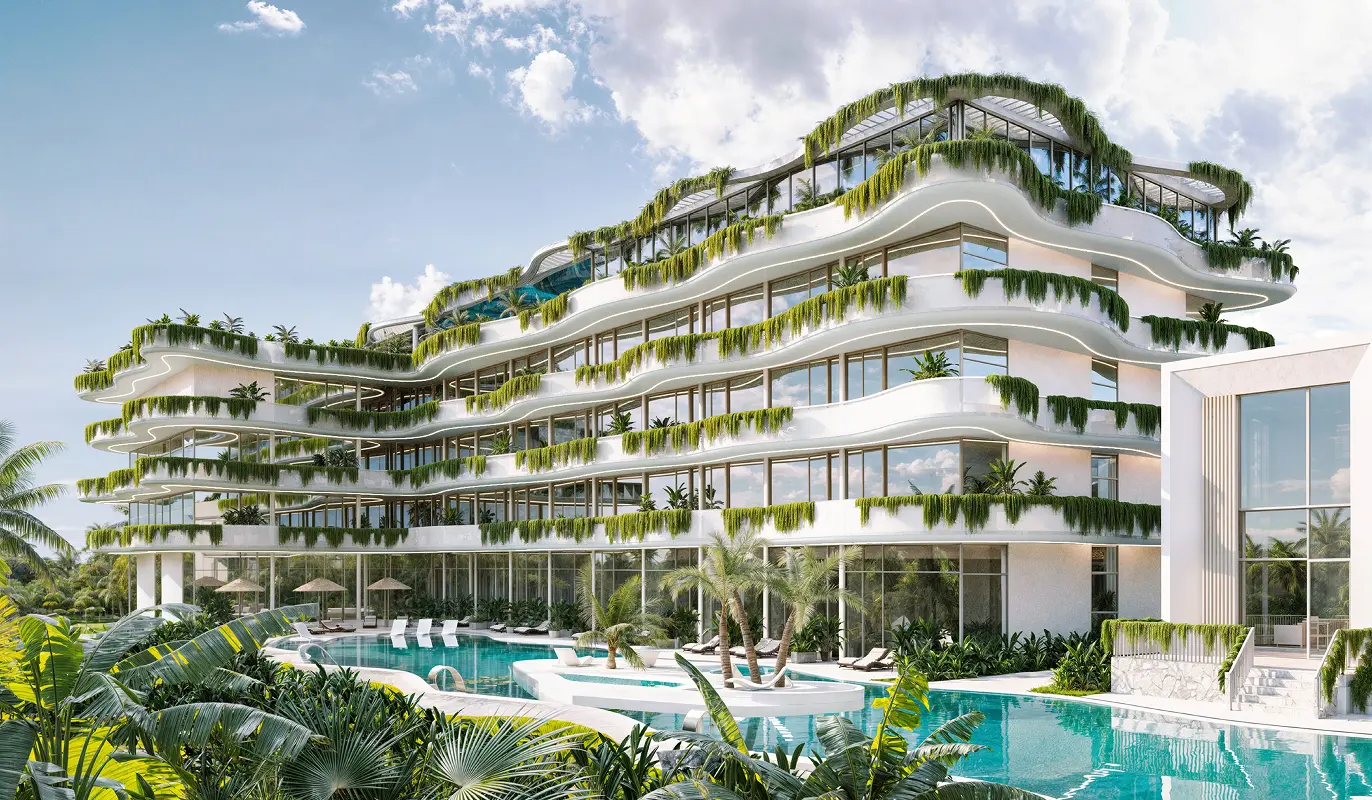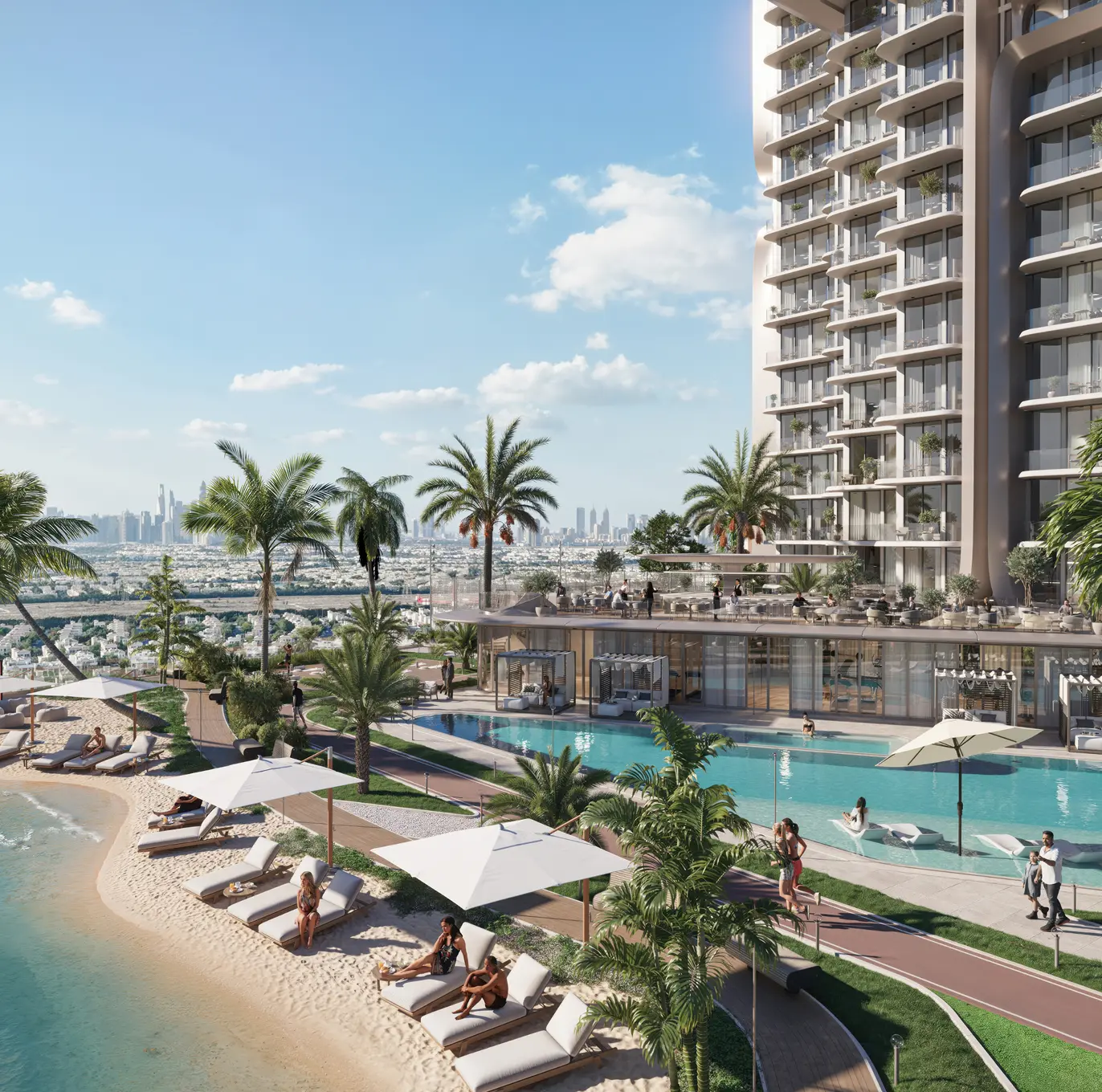Is Bali property a good investment: opportunities and risks explained
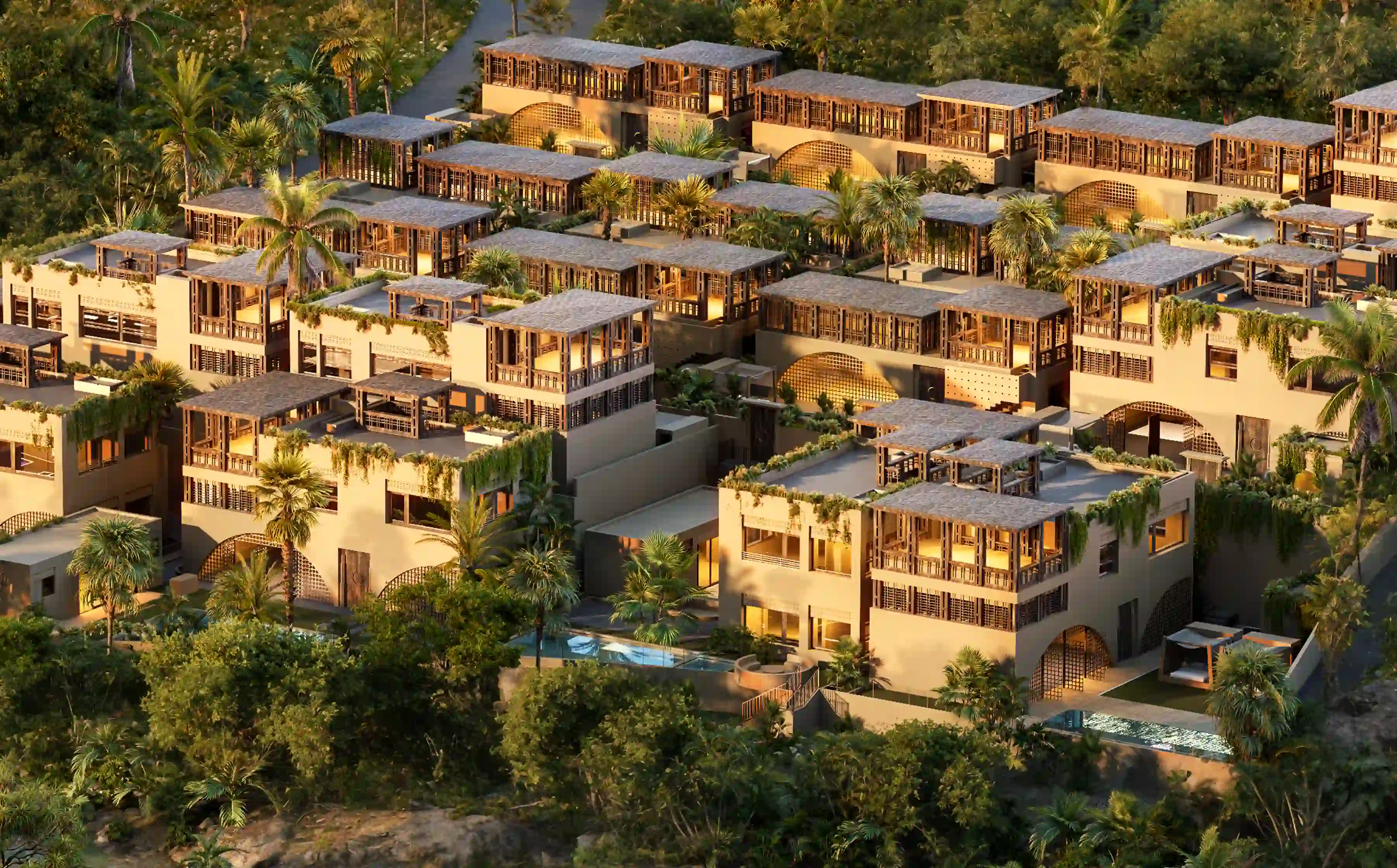

Dmitry Tsvetkov
Teamlead
Bali property is often promoted as a dream investment, with promises of rental yields up to 16% and annual price growth of 20%. The island is marketed as offering everything: high returns, affordable entry points, year-round demand, and safe ownership for foreigners. Yet behind these glossy claims lie complexities and risks that can turn strengths into pitfalls.
This article looks at five of the most common promises, weighing them against real data, legal frameworks, and market practice to show where opportunities truly exist — and where caution is required.
Up to 16% per year
Rental yield
Up to 20% per year
Property price growth
Up to 90%
Occupancy rate
Is buying property in Bali a good investment: separating reality from marketing promises
Bali has become one of Southeast Asia’s most heavily promoted property markets. Marketing promises investors the full package: high rental yields, strong capital growth, low entry prices, steady tourism demand, and safe ways for foreigners to buy. From beachfront villas in Uluwatu to turnkey apartments in Canggu, the island is presented as both accessible and highly profitable for property investment.
The reality is more complicated. The same factors that create real opportunities for careful investors can also trap those who rely only on glossy brochures or skip proper due diligence.
The five main promises
Bali’s property promotions usually highlight five key selling points:
Rental yields of up to 16% a year.
Year-round tourism demand with up to 90% occupancy rates.
Capital appreciation close to 20% annually.
Entry prices starting around $80,000.
Legal and safe ownership structures for foreigners.
Why reality is more complex
The claims are not false, but they only hold true under specific conditions that marketing rarely explains. Bali is not one uniform market: a villa in Seminyak, a retreat in Ubud, and a surf lodge in Bingin all follow different dynamics, yet sales pitches often suggest the same return on your investment.
In the next sections, we test each of the five promises against real data, legal requirements, and case studies. You’ll see which Bali investment property options actually deliver, what risks to watch for, and what strategies work.
The aim is not to dismiss Bali’s investment potential but to separate fact from hype. With the right knowledge, investors can capture real opportunities in this hotspot — while avoiding the traps that catch the unprepared.
Very high rental yields: how true is that?
Bali has long attracted investors with promises of double-digit rental yields, often advertised at 16% or higher. These figures are not pure marketing fiction, but they represent the very top of the market and are only achievable under the right conditions.
The reality of prime locations
In Bali’s most desirable tourist zones — such as Canggu, Uluwatu, and select parts of Ubud — professionally managed villas and apartments typically generate net yields of 10–14%.
The strongest performers reach up to 16% when they combine premium locations in Bali, high-quality property management, and proximity to beaches, restaurants, and entertainment, and most importantly, a low entry price — as lower purchase prices directly correlate with higher rental yields.
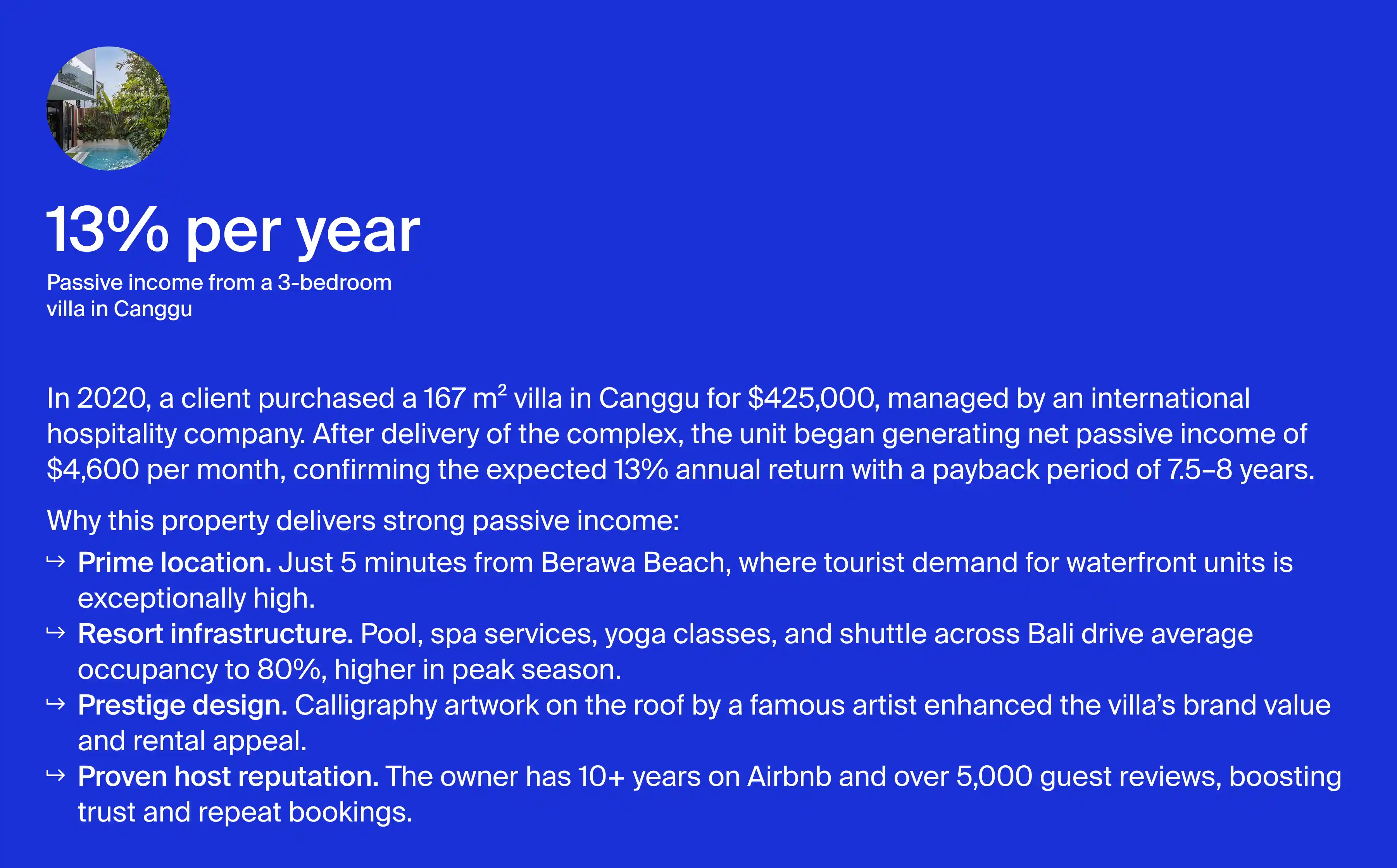
Short-term vs. long-term rental models
Rental strategy has a major impact on performance. Short-term vacation rentals can charge nightly rates of $150–400 for premium properties, making 16% yields possible in peak seasons. However, this model requires intensive management, ongoing marketing, and frequent guest turnover to manage your property effectively.
Long-term rentals targeting expats and digital nomads are easier to manage and offer stable income, but returns are lower, usually between 8–12%.

Dmitry Tsvetkov
Teamlead
How can investors avoid being misled by Bali yield figures?
A common source of confusion is the difference between gross and net yields. Gross yields are calculated on rental income before any expenses, while net yields reflect the investor’s actual return after deducting management fees, booking commissions, utilities, maintenance, and taxes. A property advertised at 20% gross yield may in practice deliver 12–14% net.
At Neginski, we show only net yields in our catalog so that investors work with realistic numbers.
Dmitry Tsvetkov
Teamlead
The presale advantage
The stage of purchase also shapes yield. A villa in Bali bought at presale for $120,000 and a comparable completed villa bought later for $180,000 may both generate the same $18,000 of annual rental income.
But the presale buyer earns a 15% yield, while the later buyer earns only 10%. This is why many experienced investors prefer presale acquisitions, provided the developer has a strong track record and reliable permits.
How to maximize Bali’s property rental performance
1. Choose location over price. Properties within 500 meters of popular beaches or vibrant dining districts consistently outperform those in secondary areas. Even if the purchase price is 20–30% higher, best areas justify the premium by commanding stronger nightly rates and maintaining higher occupancy during both peak and off-peak seasons.
2. Buy presale with careful checks. Purchasing during the presale phase usually offers the best price-to-yield ratios. However, this strategy requires thorough due diligence on the developer’s track record, construction schedule, and permits. Delays or poor build quality can erode the presale advantage.
3. Plan for all costs. Successful investors budget for the full range of expenses: management fees, booking platform commissions, utility bills, furniture replacement, property taxes, and occasional deep cleaning or renovations. Ignoring these costs can quickly reduce yields, even for properties in great locations.
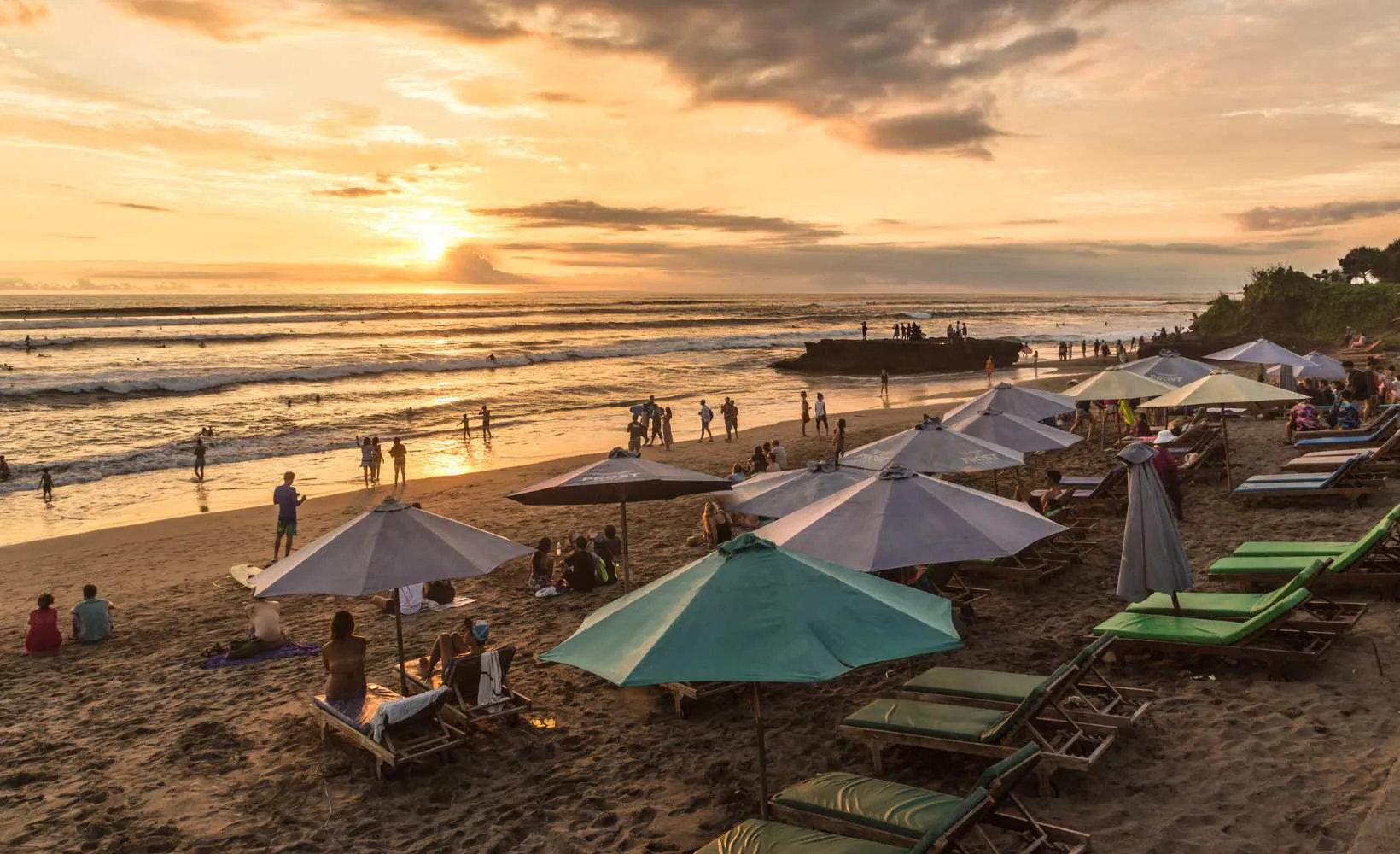
Know your returns before you invest
We’ll assess your goals and opportunities and run the numbers.
Year-round demand with no seasonality: how true is that?
Property ads often claim that Bali enjoys “year-round demand with no seasonality,” suggesting the island is immune to the ups and downs that affect other resort markets. While Bali is indeed a far more stable market than most seasonal destinations, saying there is no seasonality at all is an exaggeration.
Tourism recovery shows Bali’s strength
In 2024, Bali welcomed 6.3 million international visitors — surpassing its previous record year of 2019 and growing 23% compared to 2023.
On average, more than 500,000 international travelers arrive every month, creating a steady baseline of accommodation demand across villas, apartments, and hotels.
Seasonal peaks still exist
Although Bali avoids the dramatic boom-and-bust cycles of purely seasonal markets, patterns remain clear. The dry season from June to October is the busiest, boosted by summer holidays in the Northern Hemisphere and favorable weather.
December also brings a sharp rise thanks to Christmas and New Year celebrations, when premium properties often achieve near-full occupancy and the highest nightly rates.
Wet season brings softer demand
From November to February, demand typically eases during the rainy season. However, rainfall often comes as short afternoon showers, not all-day storms, so tourism continues.
During these months, Bali attracts specific groups such as wellness travelers from North Asia, Australian surfers taking advantage of consistent swells, and Europeans interested in retreats, temples, and cultural tours. Properties that appeal to these segments can maintain strong performance even in quieter periods.
Average occupancy rate is 80%
Island-wide, average annual occupancy in Bali is about 80%. But this figure hides major differences. Prime areas like Canggu, Nuanu and Ubud can reach 85–90% occupancy, while secondary areas may average closer to 70%. Performance depends heavily on location, amenities, and visitor flows.
Rather than putting all capital into one area, experienced investors spread their portfolio across Bali’s distinct regions. For example, combining a surf-focused unit in Canggu, a family-oriented property in Nusa Dua, and a wellness retreat in Ubud helps balance risks and attract different guest segments.
Expert selection of Bali properties with high occupancy rates
How to maximize occupancy in property market in Bali
1. Offer amenities that appeal to different guests. The most successful properties combine features that attract a mix of travelers. A villa might offer family-friendly layouts while still creating a romantic atmosphere for couples, or blend work-ready spaces with leisure amenities. This balance reduces dependence on one group of guests or one travel season.
2. Work with professional managers. Established property management companies in Bali bring marketing networks, pricing tools, and service standards that individual owners cannot easily achieve on their own. Partnering with a trusted real estate operator often leads to higher occupancy and more consistent guest satisfaction.
3. Use smart pricing and diversify strategies. Properties that adjust nightly rates with demand and target different types of travelers at different times of the year can maximize revenue. The most resilient investors combine short-term vacation rentals during busy tourist seasons with longer-term leases during quieter months.
Strong capital appreciation: how true is that?
Bali is often promoted as a market where property values can rise by 20% or more each year. While such results are possible, they are not universal. Exceptional appreciation happens under specific conditions — mainly timing, location, and project quality — rather than across all properties.
Off-plan vs. completed property appreciation
Properties purchased during the presale or construction phase often appreciate at 10–20% annually. Over the course of a typical 2–3 year build cycle, this can translate into total price growth of 30–50%. The strongest gains occur in projects from reliable developers in prime locations, where early buyers benefit both from rising demand and from the developer’s scheduled price increases across sales phases.
Once a project is finished, appreciation rates usually normalize. Completed properties tend to rise in value at a steadier pace of 5–10% annually, influenced more by rental income potential, neighborhood development, and overall market conditions than by construction milestones.
How developer pricing works
Appreciation in Bali's real estate market is not just about rising demand — it is also structured. Developers typically raise prices in steps of 5–15% across sales phases.
Buyers who enter early benefit the most, as each step builds value even before the project is finished. This scheduled increase creates a level of predictability that is uncommon in many emerging markets.
Staged payments can increase ROI
Flexible payment plans offered by developers create one of the most powerful ways to boost returns on investment in Balil. Most off-plan projects require only about 30% upfront, with the balance spread over 12–24 months. This means investors can sometimes exit a project before paying the full purchase price.
For example, a villa reserved at $150,000 during presale may be worth $200,000 by the time of resale. Suppose the investor has paid only $120,000 in installments before selling. In that case, the effective return on invested capital is about 42% instead of the 33% suggested by the simple $50,000 price difference.
How to maximize appreciation potential
1. Check resale rights. Some developers limit assignment or charge high fees for resale. Ensuring you have flexible rights and simple transfer terms is critical — otherwise strong appreciation on paper may never translate into realized returns.
2. Use the off-plan flipping strategy. Investors may be able to resell before paying the full price, which increases returns on the actual cash invested if the property has already appreciated.
3. Buy early with expert guidance. The strongest gains usually come from purchasing in the first sales phases. But finding reliable presale opportunities on your own is difficult — it requires deep knowledge of the market and access to early-stage offers.
At Neginski, our analysts track projects from trusted developers and help clients secure units at the lowest entry prices during presale, when appreciation potential is highest.
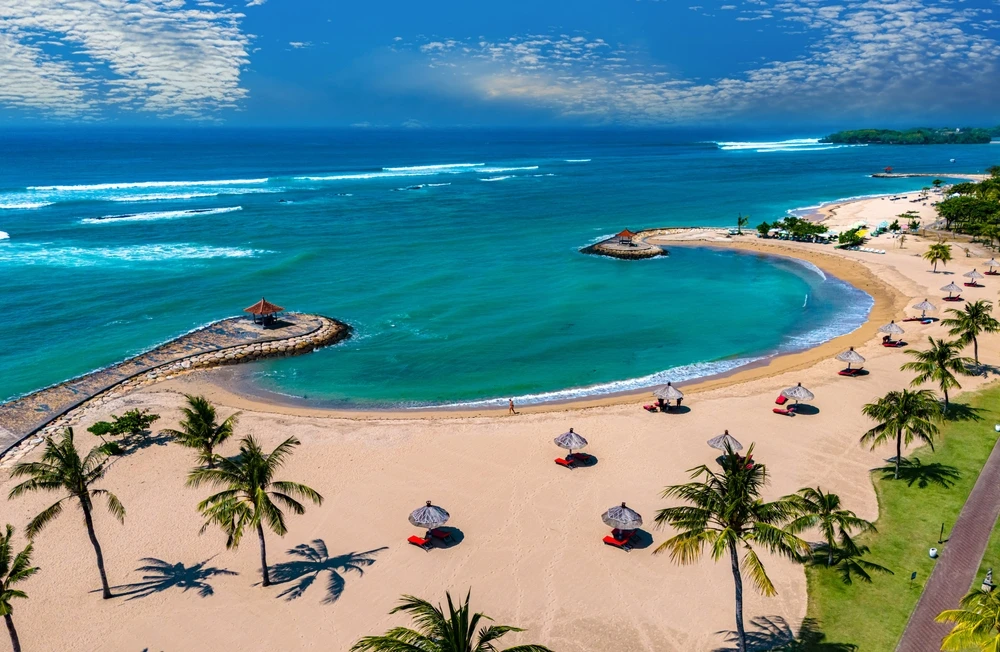
Want early access to top investment deals?
We’re among the first to know about hottest presales to help clients secure the best units before public launch.
Affordable entry point to the luxury market: how true is that?
Bali is still promoted as a place where investors can enter the luxury property market for surprisingly low sums, sometimes under $80,000. These opportunities do exist, but they are very different from traditional villa ownership and come with specific conditions.
What you get for under $100,000
Most properties in this segment are leasehold apartments, studios, or condo-villas within resort-style complexes. They usually range from 21–45 square meters and include access to amenities such as infinity pools, spas, and restaurants.
Bali also has created a unique format called condo-villas — small, standalone homes the size of a studio, starting at around $80,000. They offer private entrances, terraces or small gardens, and the feel of a villa, while still benefiting from shared resort infrastructure and professional management. This format makes the villa lifestyle accessible at apartment-level prices and represents one of the island’s most interesting market innovations.
Expert property selection in Bali for under $100,000
Staged payments make it even more accessible
Most developers in Bali offer interest-free installment plans. A typical structure requires just 30% down, with the remaining balance spread over 12–24 months at no additional financing cost. This means investors can secure an $80,000 property with as little as $24,000–30,000 upfront.
Once the project is complete and rental income begins, future installments can often be serviced directly from rental revenue.
The payback is fast
Affordable entry prices combined with strong tourism demand for rental properties make Bali one of the fastest payback markets in the region. Investors typically recover their capital in 6–7 years, compared with 12+ years in Dubai.
The reason is simple: a $100,000 condo-villa generating $15,000–16,000 net rental income annually delivers the same absolute cash flow as a $200,000 unit in Dubai — but on a much smaller investment. Consistent occupancy rates of 75–85% in well-managed properties underpin this advantage.

Dmitry Tsvetkov
Teamlead
How to separate real opportunities from hype?
Authentic sub-$100,000 deals are usually offered by established developers with completed projects, transparent rental programs, and proven management partners. Promotional offers promising unrealistic yields or coming from untested developers should be treated with caution.
At Neginski, we apply strict selection criteria: every project is checked for developer reliability, legal compliance, and rental viability. As a result, only about 24% of all projects on the market pass our vetting process and make it into our catalog.
Dmitry Tsvetkov
Teamlead
How to make the most of affordable opportunities
1. Diversify your portfolio. Instead of putting all capital into one property, investors can reduce risk by buying two or three smaller units across different developments, locations, or construction timelines. This spreads exposure while keeping the entry cost for each investment manageable and helps you scale if you invest wisely.
2. Compare net yields, not just prices. Always ask whether returns are net or gross. Net yields reflect the income after management, utilities, platform fees, maintenance, and taxes — what ultimately matters to investors.
3. Use staged payments to optimize cash flow. Many developers offer interest-free financing during construction. Investors can align their staged payments with future rental income, and in some cases begin marketing for rentals before completion. This can lead to a cash-flow-neutral or even positive position once the property is ready.
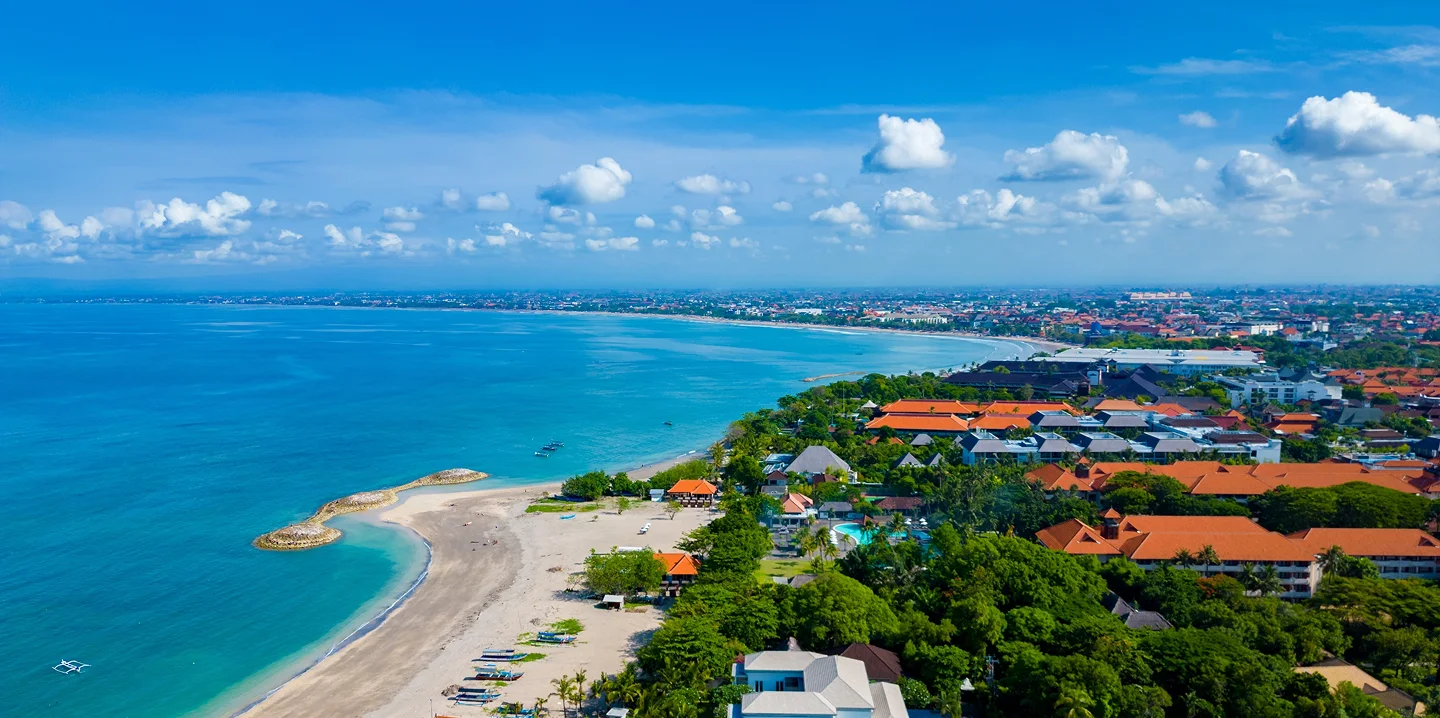
Need help finding the right property?
We vet every developer for track record, financial strength, and buyer feedback so only secure, high‑potential options make the cut.
Property ownership is safe for foreigners: how true is that?
Buying property in Bali can be safe for foreigners, but only if you use the legal paths and follow a careful process. The goal is simple: choose the right structure, verify everything, and avoid shortcuts.
3 legal paths at a glance
Foreigners can invest legally but cannot directly own freehold property in Bali. However, there are clear legal structures that make property ownership safe if followed correctly:
Leasehold, or Hak Sewa. The most common option. Provides 25–30 years with extension clauses that can bring the total to 50–70 years if negotiated properly. This is the simplest and most widely used structure for individuals.
Right-to-use, or Hak Pakai. Available in certain cases, usually for apartments or homes in licensed complexes. Requires meeting eligibility rules such as having the residence permit. The initial term is 30 years, extendable by another 20 and 30 years.
Company route, or Hak Guna Bangunan. Suitable for business or development strategies. A foreign-owned company, known as PT PMA, can hold the right-to-build titles for 30 years with possible extensions. This path involves higher costs and administrative requirements but provides strong commercial rights.
All legitimate transactions must go through a land deed official, known as PPAT, and be registered with the National Land Agency. This ensures that the title is legally recognized, protects you in court, and verifies that the seller is the true owner, the land has no liens, and the property complies with zoning and permits.
Where mistakes become losses
Nominee schemes. Placing a freehold title known as Hak Milik in an Indonesian person’s name for a foreign buyer is unlawful. These arrangements are unenforceable and can wipe out your investment.
Assuming extensions are automatic. Longer total terms such as 50 years or more come from successive extensions agreed in the contract. They are not guaranteed by default.
Skipping due diligence. You must confirm the right you are buying, the seller’s authority, encumbrances, zoning, permits, and correct registration. Title legality and the right to do short-term rentals are separate issues.
How to run a safe process
1. Pick the right structure for your investment goals. Leasehold fits most individual buyers. Hak Pakai works in defined cases. A foreign-owned company fits commercial plans when the added cost and admin are justified.
2. Work through PPAT and register with the National Land Agency. Keep copies of every filing, tax receipt, and certificate extract.
3. Verify everything independently. Check certificates, maps, zoning, building permits, and any liens. Use a reputable local real estate lawyer, not only the developer’s team.
4. Match title to intended use. If you plan short-term rentals, confirm local rules and required licenses before you buy.

Dmitry Tsvetkov
Teamlead
Can foreigners manage rentals in Bali themselves?
In Indonesia, foreigners cannot legally rent out property for stays of under 30 days unless a hotel license is in place. There are only two legitimate solutions: open your own company that can conduct rental business, or use a professional management company.
The second option is by far the most common and the one we recommend. Around 90% of Bali properties are rented this way. Management companies handle all operational aspects including marketing on booking platforms, guest relations, maintenance, cleaning, and utilities, typically charging 45–50% of rental income.
For investors, this turns short-term rentals into a passive income stream, while many developers establish their own management firms to protect brand reputation and ensure consistent service.
Dmitry Tsvetkov
Teamlead
The bottom line: Bali’s promise vs. reality
Bali’s property market does deliver strong returns, but only for investors who understand the conditions behind the promises. Success depends on execution: focusing on prime locations like Canggu and Uluwatu, buying presale with due diligence, and using the correct legal structures for property investment.
Tourism has rebounded to 6.3 million visitors in 2024, and well-managed rental properties maintain occupancy of 75–85%, proving that demand is real. Developers’ structured pricing and flexible payment plans also create predictable appreciation.
But Bali should be treated as a business investment, not just a lifestyle purchase. Those who combine careful analysis with professional management are best positioned to capture investment opportunities of up to 16% rental yields and up to 50% capital appreciation, while avoiding common pitfalls.
FAQ
-
Yes, but only under the right conditions. Bali property investment offers strong rental yields of up to 16% and capital appreciation of up to 20% per year, but success depends on choosing prime locations, buying at presale with due diligence, and using correct legal structures like leasehold arrangements.
-
Well-managed short-term rentals in prime areas can deliver 10–16% net yields, which is high returns compared to many international markets. Capital appreciation of 10–20% annually during construction phases is also common when you invest in Bali.
-
Yes, but mainly for properties in top tourist zones with professional management. Most other projects average 10–14% net, while long-term rentals bring 8–12%.
-
During construction phases, appreciation can reach 30–40% total by completion, which averages out to 10–20% annually. After completion, growth usually slows to 5–10% per year.
-
Successful investors focus on:
Buying off-plan in trusted projects at presale prices.
Choosing premium locations near beaches, attractions, or infrastructure.
Using professional management companies to maximize occupancy and yields.
Carefully verifying legal structures, titles, and permits.
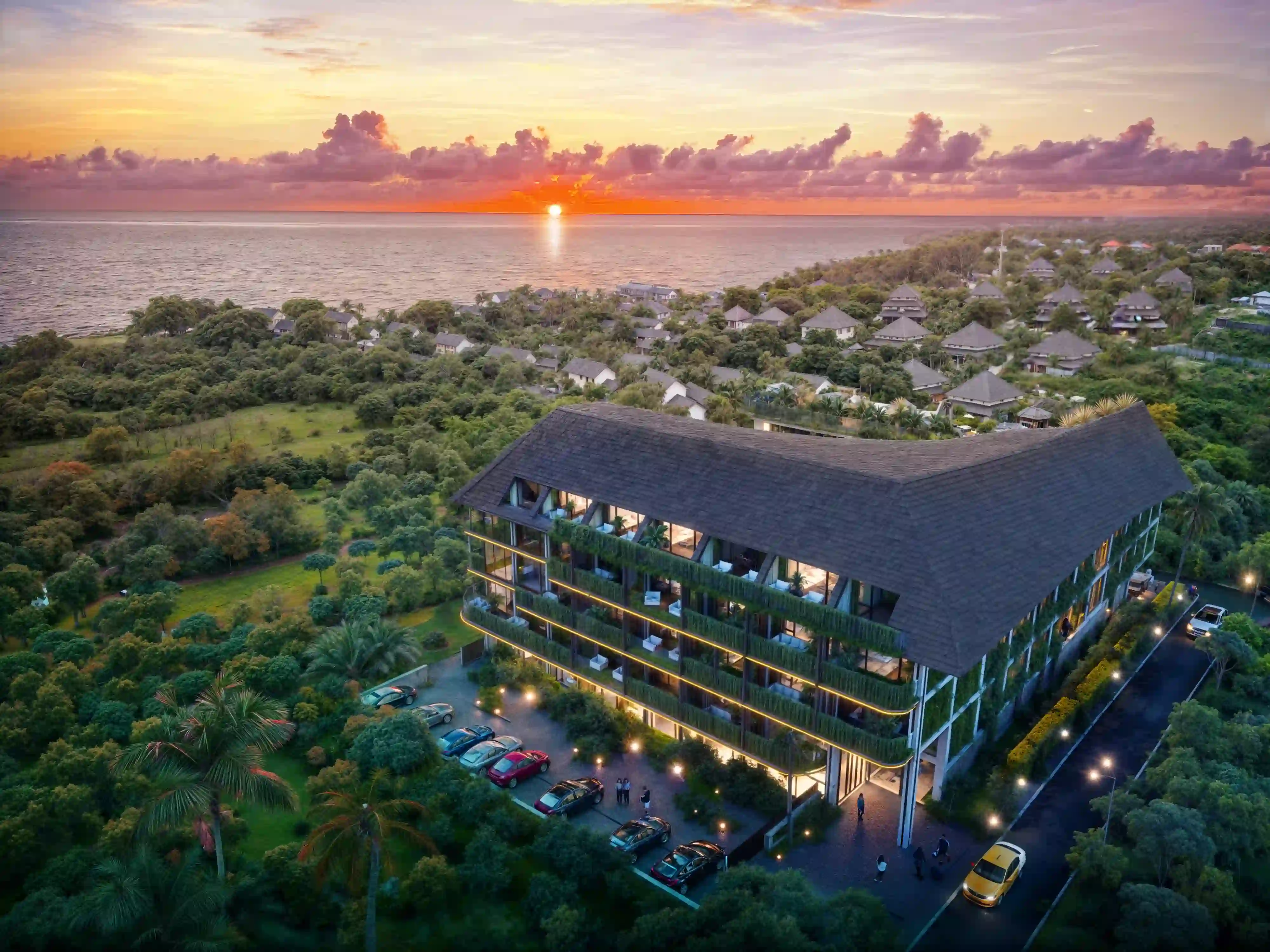
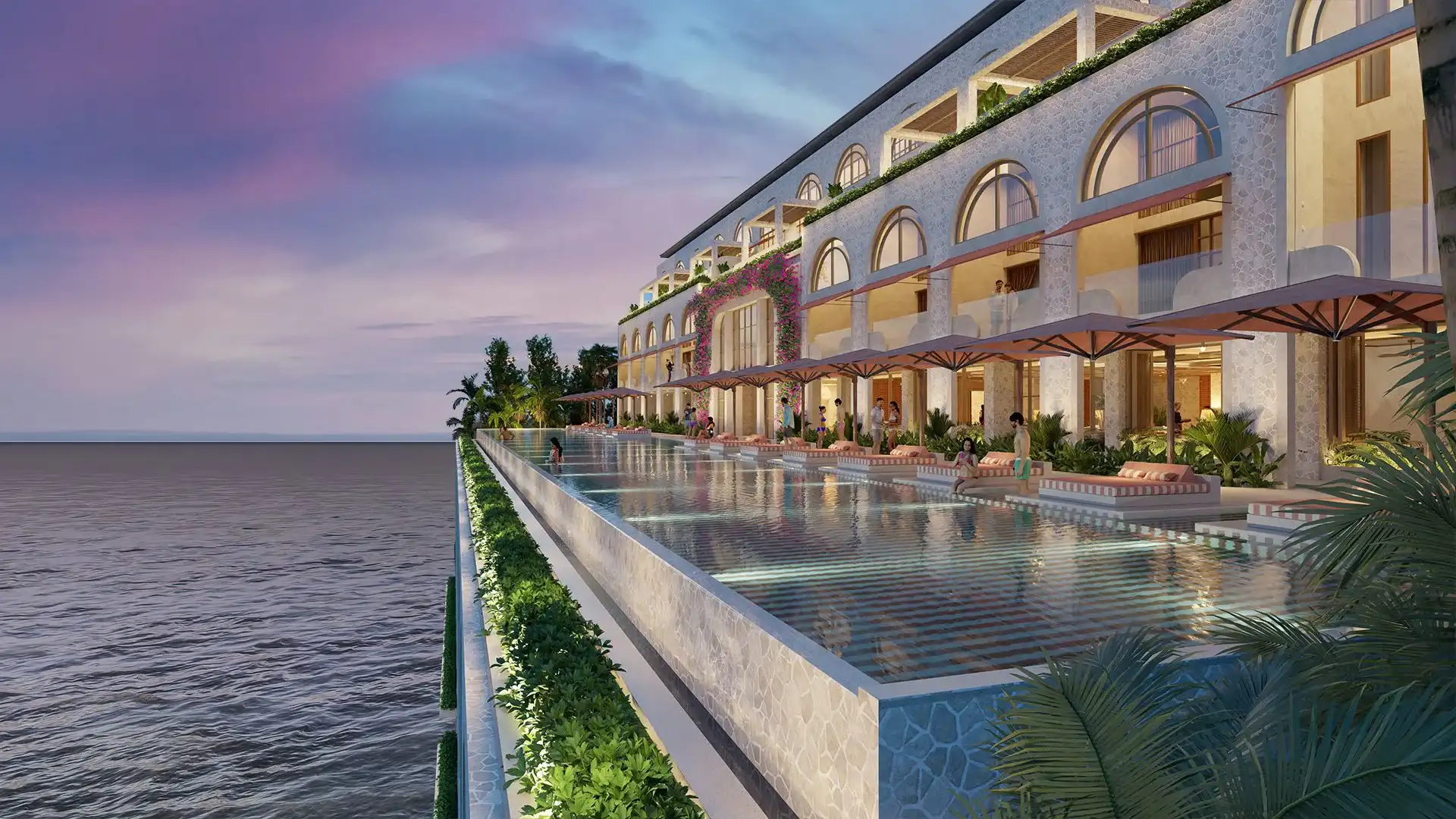
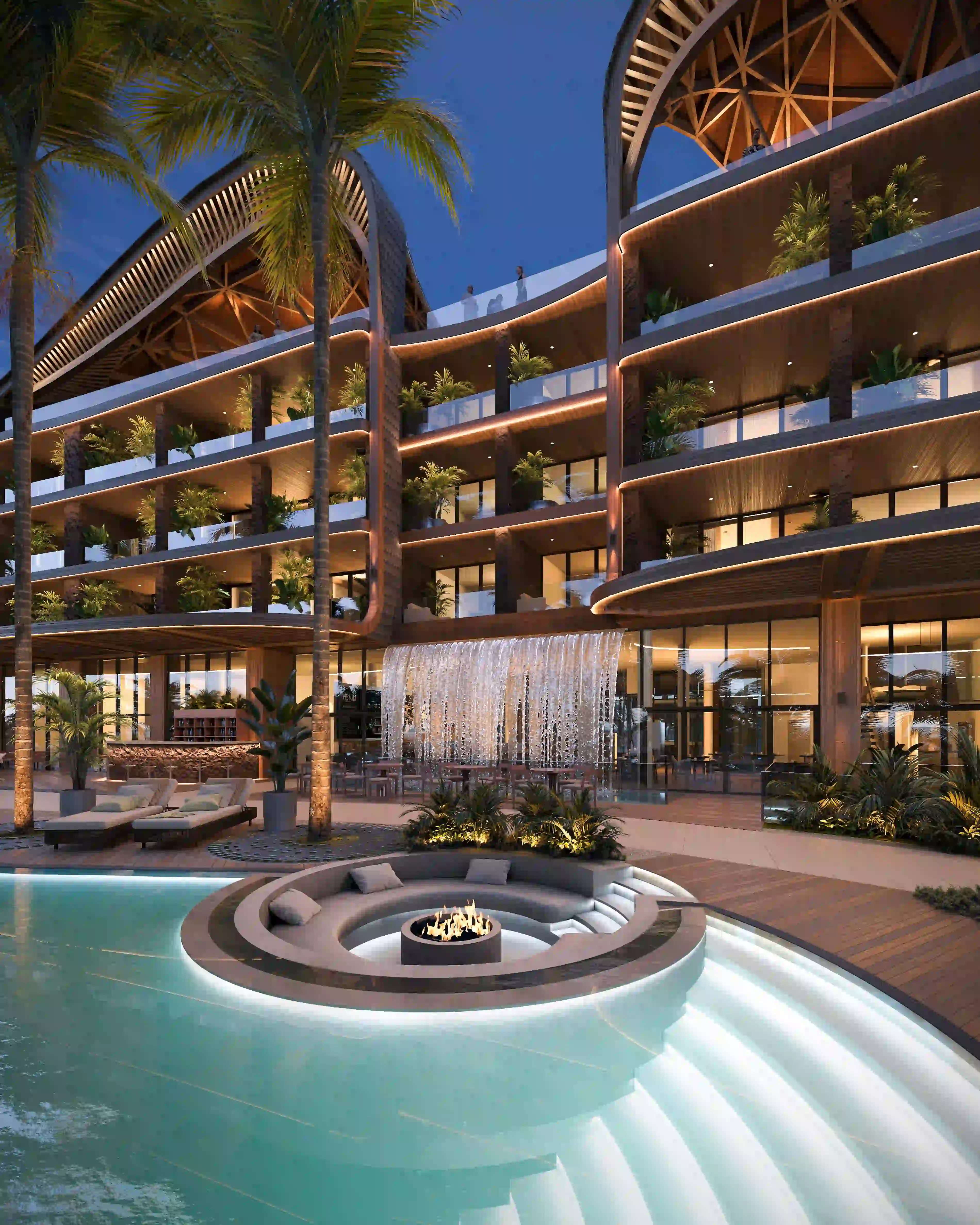
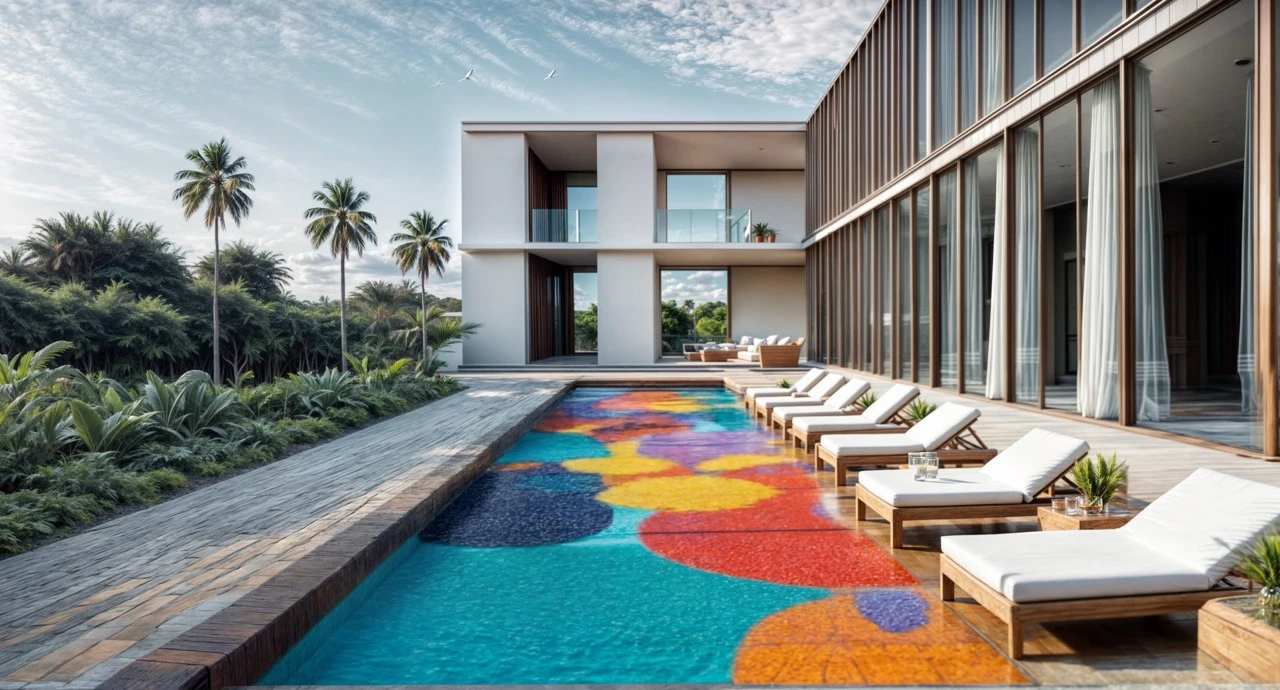
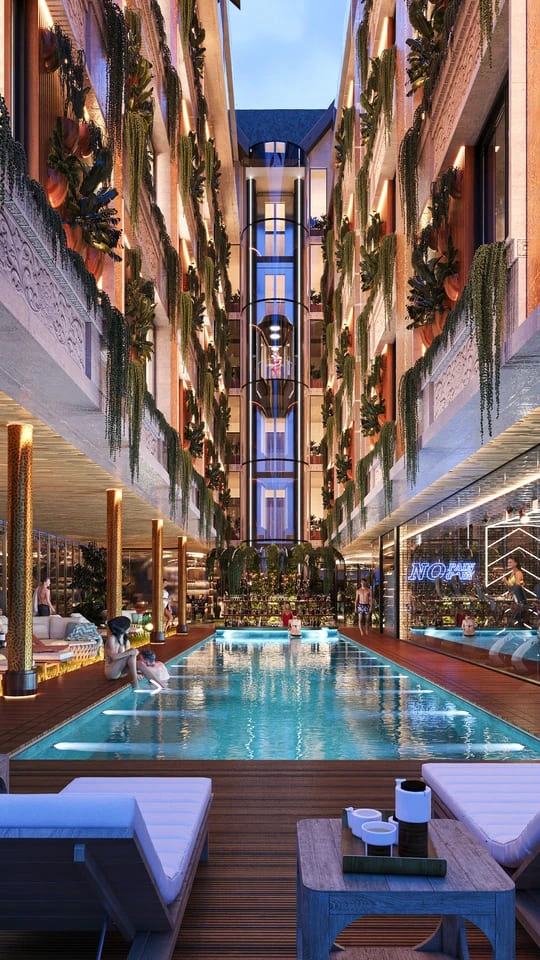
.webp)
